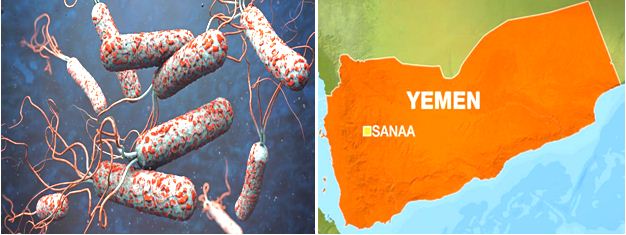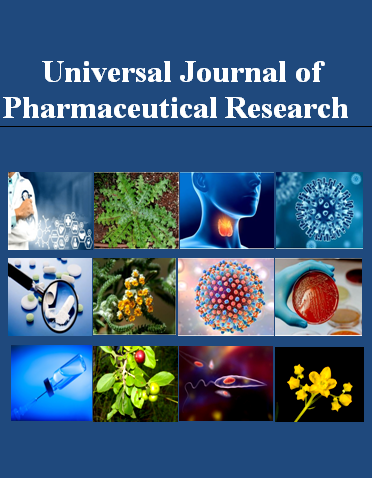EPIDEMICITY OF VIBRIO CHOLERA IN SANA’A CITY, YEMEN: PREVALENCE AND POTENTIAL DETERMINANTS
Keywords:
Cholera, diarrhoea, prevalence, risk factors, Sana’a city, Saudi Aggression, YemenAbstract
Objectives: In 2017, a total of 889854 suspected cholera cases with 2578 deaths were reported from Yemen, thus WHO considered these figures to be the worst epidemic of cholera in recent history of humanity. The aims of the study were to determine the prevalence of Vibrio cholera and protozoa causes in severe diarrhea patients and the potential risk factors of the contracting Vibrio cholera.
Methods: Hospital-based diarrhoeal disease surveillance has been done for 12 days in Bany-alharth district of Sana'a city, where all patients admitted with severe diarrhoea in all health centers in the area were enrolled and tested for Vibrio cholerae, and others causes. The study was conducted on 345 patients and demographic, clinical, and potential risk factors were collected, then stool specimens were collected and processed by standard methods.
Results: The prevalence of V. cholerae was 8.1%, intestinal Entamoeba histolytica was 50.7%, and Giardia lamblia was 6.7% and one case of EPEC while 42% of diarrheal cases were undiagnosed. There was slightly increasing in the rate of V. cholerae infection with increasing age (15%). Also there were significant risk factors of dispose sewages to surround environment (OR=3.4 times, PV=0.02) and reused Jerry can bottles for drinking water (OR=3.1, PV= 0.03) with V.cholerae infection Vibrio cholera infection rate and intestinal protozoa infection rates were significantly high.
Conclusion: The findings emphasize that there is cholera epidemic in Sana' city and diarrheal epidemic due to various diagnosed and non diagnosed pathogenic microorganisms which may predispose population of the study to significant health risks.
Peer Review History:
Received 12 October 2017; Revised 8 November; Accepted 31 December, Available online 15 January 2018
Academic Editor: Dr. Amany Mohamed Alboghdadly , Princess Nourah bint abdulrahman university, Riyadh, amalbgadley@pnu.edu.sa
, Princess Nourah bint abdulrahman university, Riyadh, amalbgadley@pnu.edu.sa
Reviewer(s) detail:
Prof. Dr. Kaijian Hou , Endocrine Department, Longhu, First Affiliated Hospital of Shantou University, Shantou city, PR China, kaijianhou@126.com
, Endocrine Department, Longhu, First Affiliated Hospital of Shantou University, Shantou city, PR China, kaijianhou@126.com
Dina Abd Elfattah Eldakhs , Pharos university (PUA), Egypt, dina_eldakhs@yahoo.com
, Pharos university (PUA), Egypt, dina_eldakhs@yahoo.com
Downloads

Published
How to Cite
Issue
Section

This work is licensed under a Creative Commons Attribution-NonCommercial 4.0 International License.










 .
.